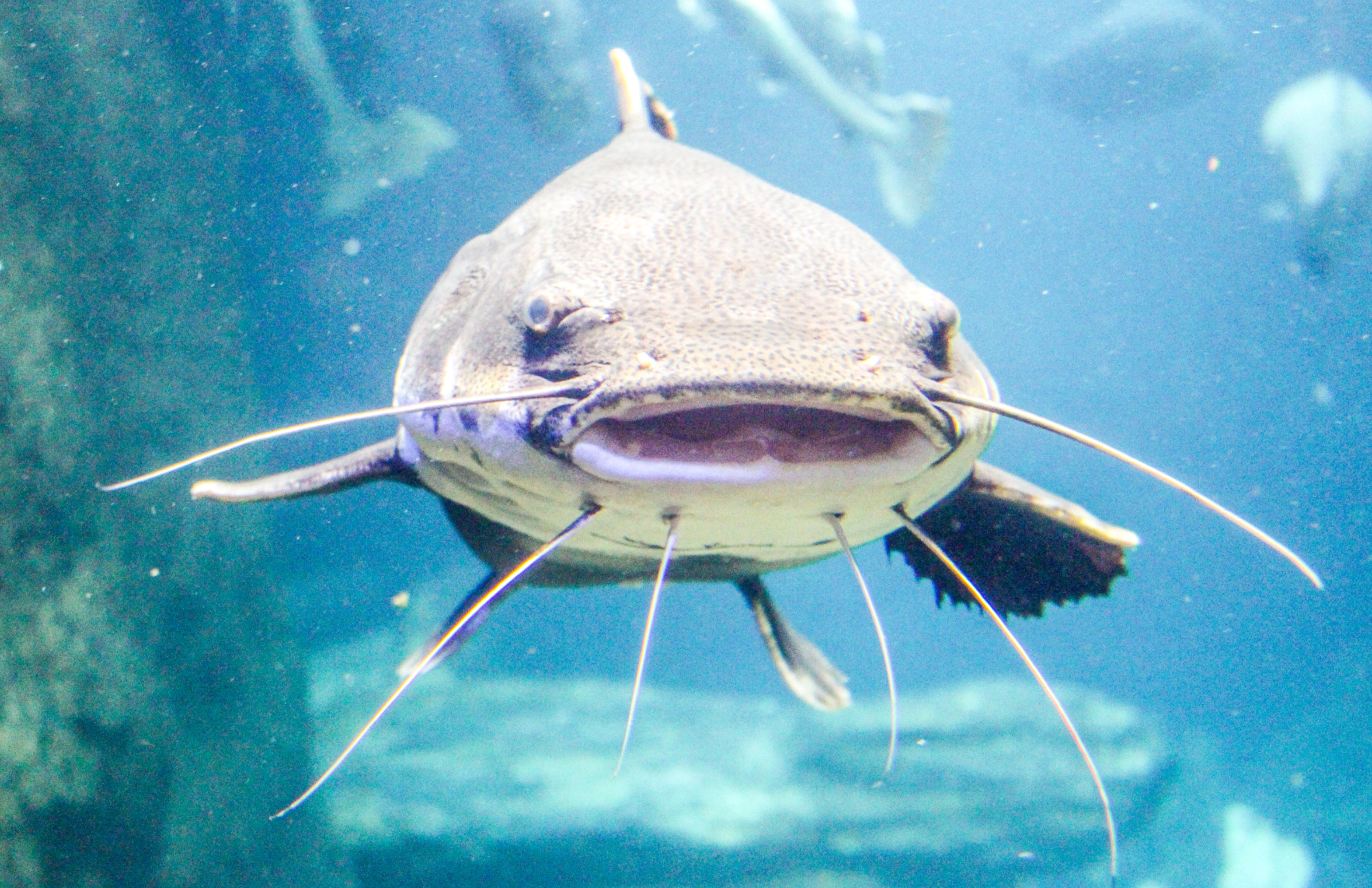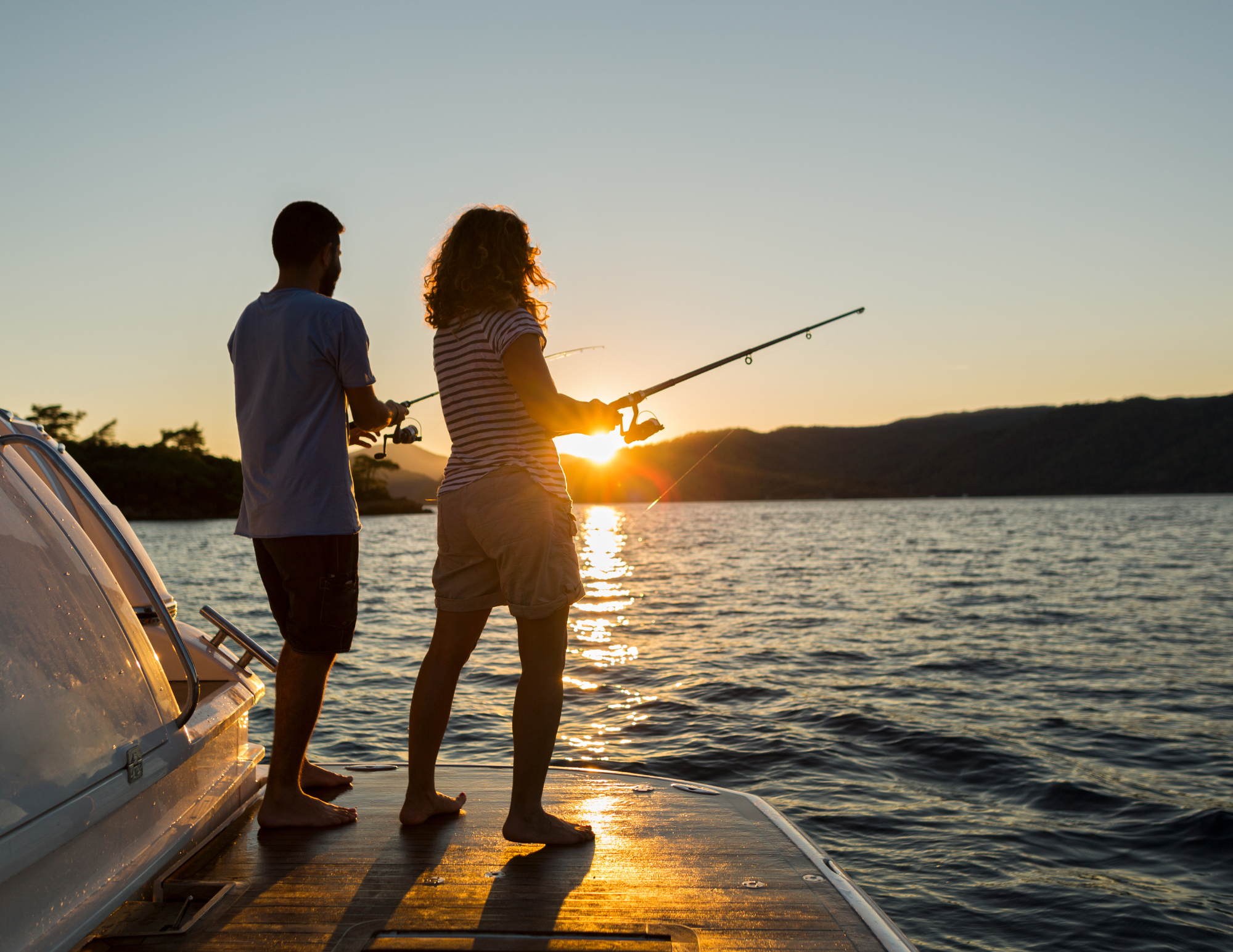If you’re headed out on a fishing trip that requires flying, figuring out how to pack and transport your rods is half the battle. On a recent trip, I used a 7-foot-6-inch clear acrylic tube with PVC end caps—strong, light, and transparent, so there’s no confusion about what’s inside. It worked perfectly.
Plenty of anglers take a similar DIY approach. Some use standard grey PVC pipes, others go with commercial rod tubes or even golf travel cases. One traveler pallet-wrapped a rod tube to their checked duffel bag to avoid excess baggage fees—smart move going out, but it didn’t work quite as well on the way home.
Here are a few things to keep in mind when flying with rods:
-
Protective Tubes Are Essential: Whether DIY or store-bought, make sure your rod tube is durable and secure. Wrap rod tips in foam or bubble wrap for extra peace of mind.
-
Break It Down When You Can: Multi-piece rods are ideal for travel. Fly rods that pack into carry-ons or shorter surf rods in 3–4 sections make life a lot easier.
-
Pack Smart: Reels ride safely in your checked bag, ideally wrapped in clothes or a hard case. Only bring the tackle you really need—or split gear between travel companions to stay under weight limits.
-
Ship Ahead or Rent: If you’re traveling light or want to skip the logistics, shipping your gear to your destination or renting rods from a local outfitter is always an option.
If you’re planning a trip to Southern Baja, especially during yellowfin tuna season, it’s worth the extra effort to have gear you trust. This guide on timing tuna season and fishing ethically in Baja has great tips on when to go and how to do it right.
Or let us make it easy—at VentanaTravel.com, we specialize in custom fishing adventures in Southern Baja. Whether you’re bringing your own rods or using local gear, we’ll help you land the trip—and the fish—you’ve been dreaming about.







